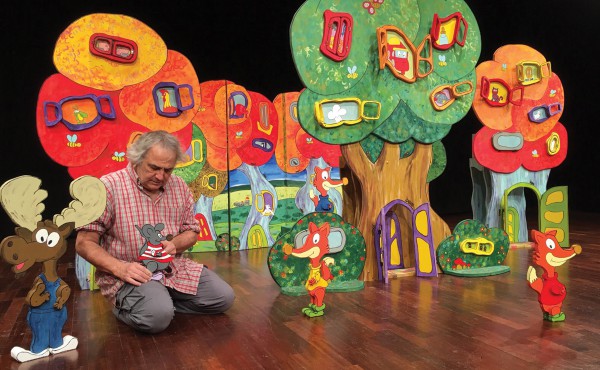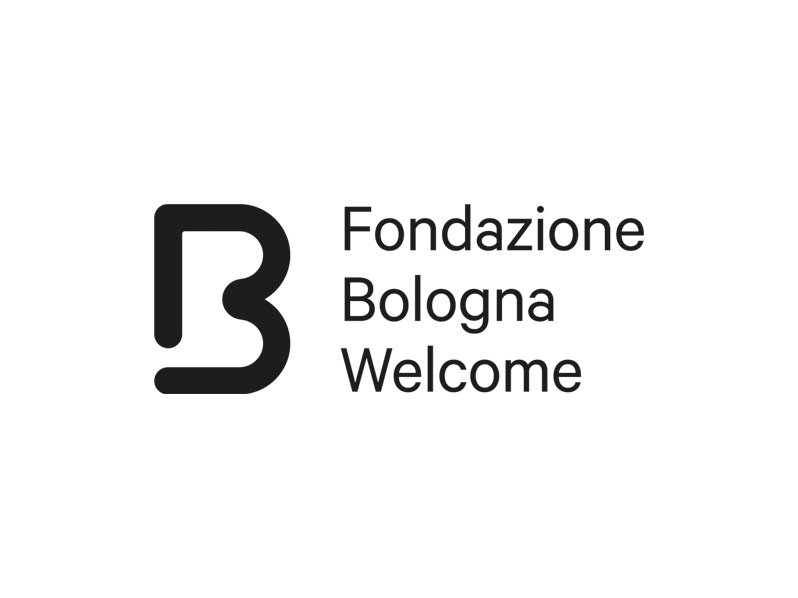Through the eyes of a child
Updated on 10 September 2024 From Bologna Welcome
Bologna is a city on a human scale, but above all, on a child scale.
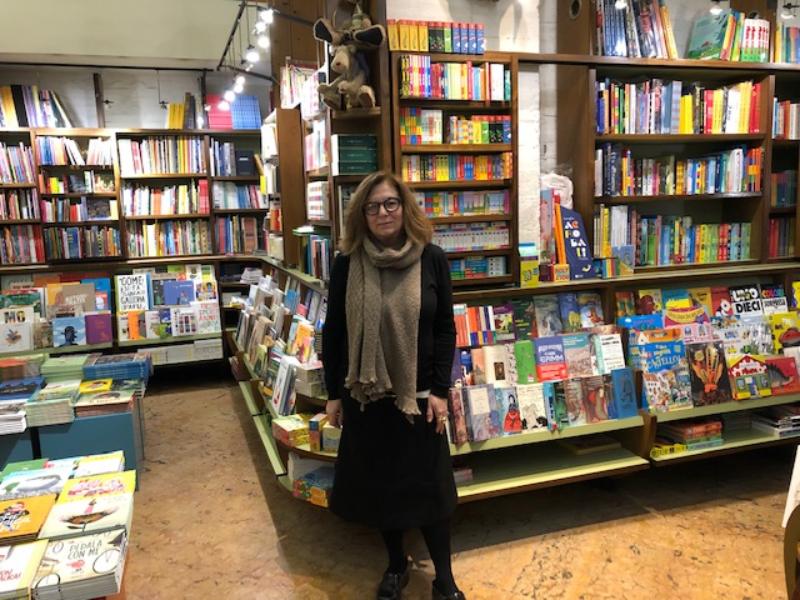
Silvana Sola, pedagogist-librarian, is co-founder of the historic children's bookshop Giannino Stoppani in Bologna, one of the best known in Italy, and of the Cooperativa Culturale Giannino Stoppani.
She has been working on children's literature for over twenty years. She teaches at the Centro Studi Accademia Drosselmeier in Bologna.
From a very special place: the Geological and Paleontological Museum Giovanni Capellini, whose centrepiece is, amongst others, a life-size example of Diplodocus, a huge yet peaceable animal, donated to Italy in 1909 by the American coal and steel magnate Andrew Carnegie, who had an undisputed passion for prehistory. Marvel at the imposing dinosaur’s skeleton, and learn more about the animal’s history, its journey to Italy and its role as centrepiece within the University Museums.
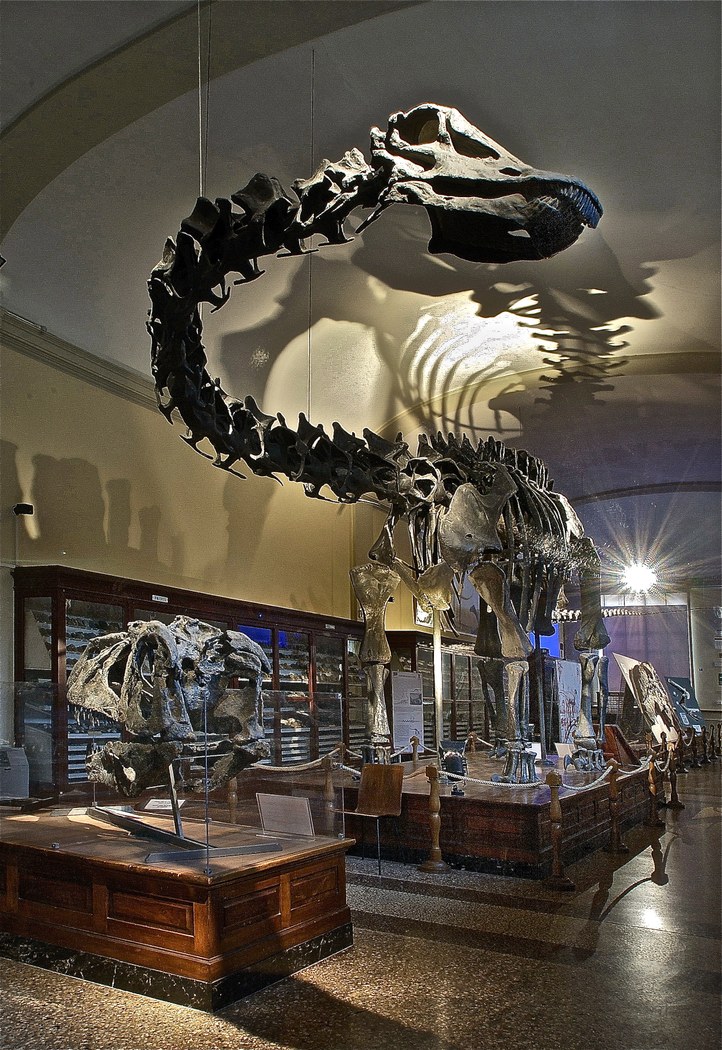 Let’s move from via Zamboni to Piazza Nettuno 3, the location of the SalaBorsa Library and the Sala Borsa Ragazzi, dedicated to children and teenagers. From the Memorial Monument to the fallen Partisans of the Italian Resistance, a small door leads to a unique place where past and present, history and literature for all ages merge together in perfect harmony. The library’s shelves will re-spond to the most exacting demands and curiosities of even the youngest children thanks to a wide range of books, CDs and DVDs to be enjoyed in a vital and lively gathering space.
Let’s move from via Zamboni to Piazza Nettuno 3, the location of the SalaBorsa Library and the Sala Borsa Ragazzi, dedicated to children and teenagers. From the Memorial Monument to the fallen Partisans of the Italian Resistance, a small door leads to a unique place where past and present, history and literature for all ages merge together in perfect harmony. The library’s shelves will re-spond to the most exacting demands and curiosities of even the youngest children thanks to a wide range of books, CDs and DVDs to be enjoyed in a vital and lively gathering space.
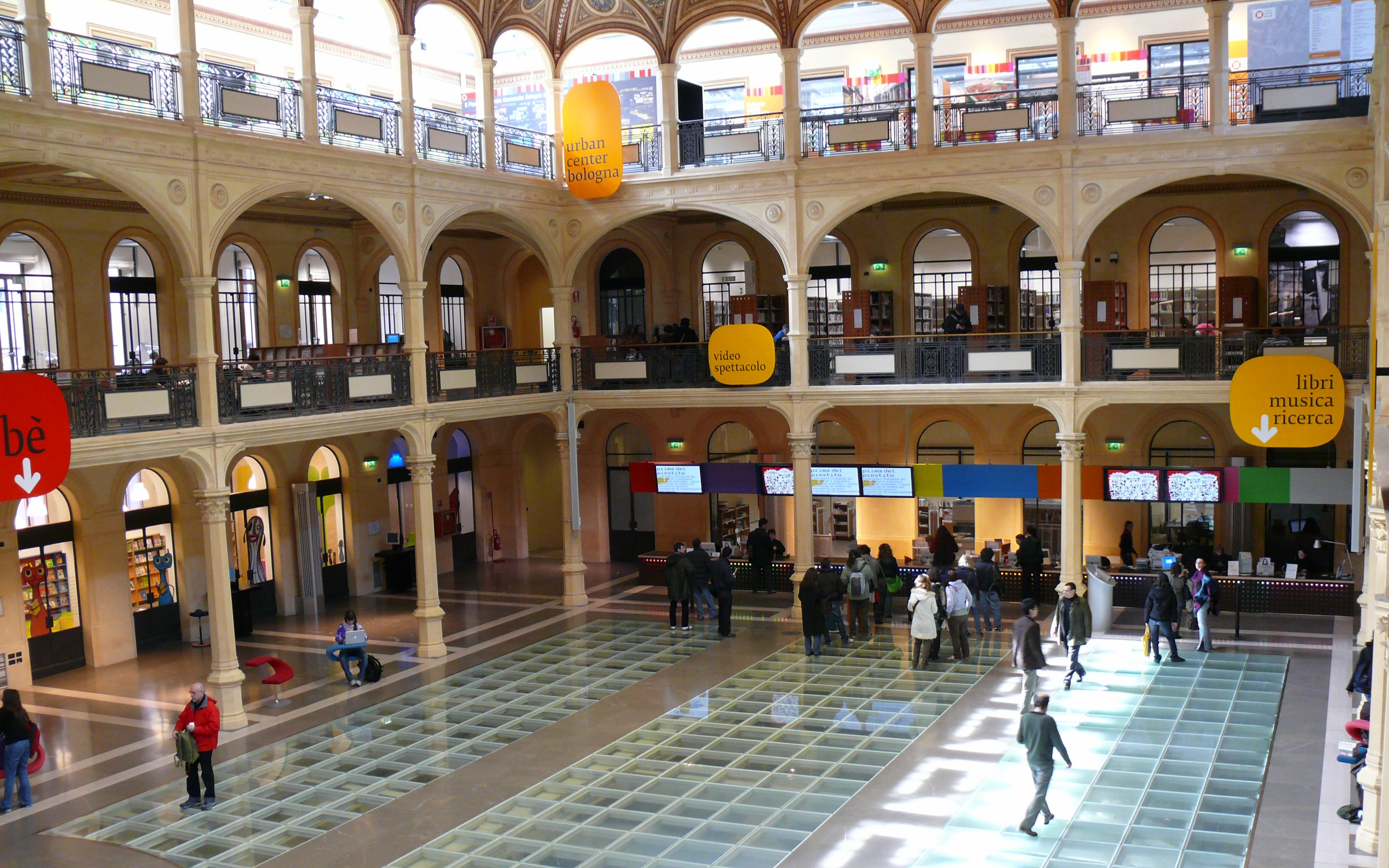
The opposite historic building, Palazzo Re Enzo, which was once used as prison for King Enzo, houses the children’s bookshop Giannino Stoppani which is about to celebrate this year its 30th anniversary. Among high ceilings, a suggestive lighting, an ancient well and ample spaces for school groups, the library offers the widest range of children’s literature, both at national and international level, a marvelously varied journey from novels and board books to comic strips and illustrated albums, over audiobooks, pop-up and active books.
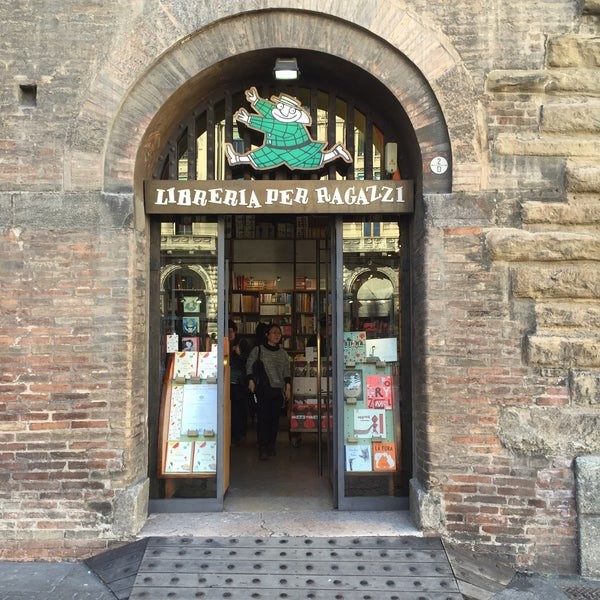 And what about the outskirts?
And what about the outskirts?Beyond the city walls towards Sasso Marconi, consider stopping off at Colle Ameno, a small town plunged into a halo of remembrance and memory, beauty and a past sorrow. The hamlet was once used as a concentration and transit camp for civilian prisoners during the Second World War, but the painful reminder of its past is today replaced by a friendly and welcoming atmosphere, made of craft shops and taverns dotting the town’s eighteenth century red walls and green gardens.
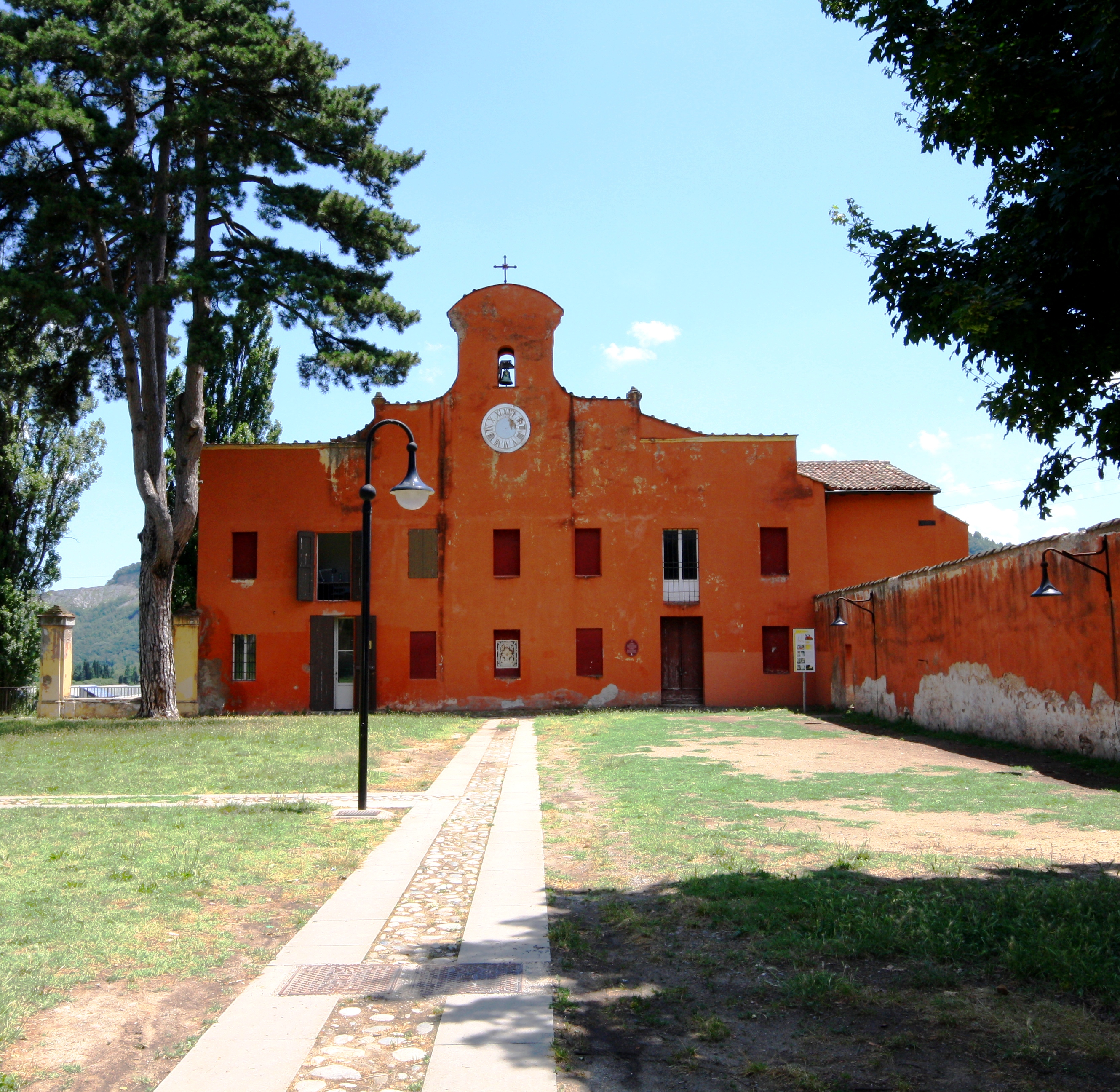 Let’s finish with a positive attitude: what should we do once we get back to normal life?
Let’s finish with a positive attitude: what should we do once we get back to normal life? As soon as we’re allowed to attend theatres again, my suggestion is that you follow the theatrical season destined to children and tee-nagers held at the Testoni Theatre, run by “La Baracca” Company.
During this complicated period, the actors themselves are leaving the stage and betaking the external spaces of the city’s kindergartens and schools in the light of a project promoted in conjunction with the Municipality of Bologna called Al di là del vetro (Beyond the glass), whereby the show is made available for children to watch through glass windows.
